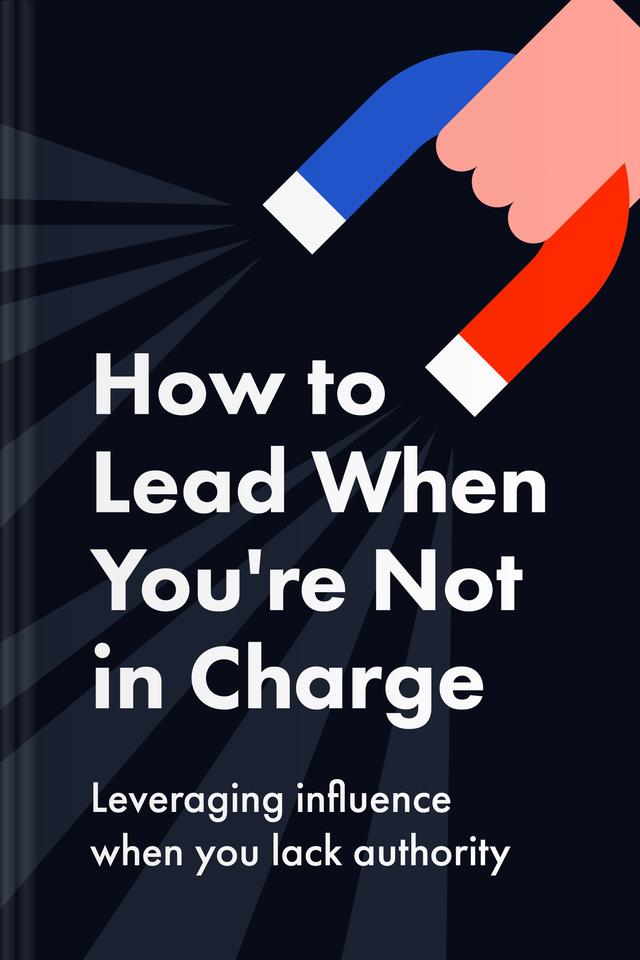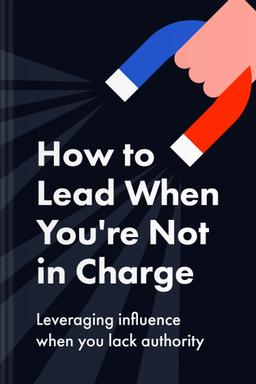You’ll learn
- The art of leading without relying on titles
- Whether the leader is an optimist or a realist
- Why trust is essential when challenging authority
- How to develop critical and clear thinking
russia has launched a full-scale war in Ukraine. Donate to support Ukraine and protect the world’s peace.

first KEY POINT
Remember the childhood excitement of standing before a make-believe classroom, sharing your wisdom with imaginary students? Or recall how you felt the first time an adult entrusted you with a grown-up chore. These experiences highlight our desire to lead, influence, and make a meaningful impact on the world around us. Leadership sparks not only from titles or positions but also from our identity.Leadership isn't merely about being in charge; it's about learning to understand ourselves and harnessing our inner drive, no matter where we stand on the hierarchical ladder. Therefore, it’s essential to realize that our identity, molded by our experiences, surroundings, and inherent traits, shapes our leadership journey and style. That's why understanding yourself becomes the cornerstone for guiding and influencing others in the age of constant debates around identity.Recall that one aunt or uncle at a family gathering who always manages to rally everyone together for a group photo and keeps track of things. That person has an innate knack for leadership and uses it to guide and inspire others.
But how do we channel this internal leadership? It begins within — recognizing our role and being accountable for our actions instead of waiting for a cue from those above. Internal leadership calls on us to be proactive and reject passivity. Here, taking responsibility matters more than having authority.Effective leadership is never easy; it often requires challenging superiors when necessary to achieve the best outcomes and build trust. An effective leader understands the intricacy of power dynamics and communicates appropriately, always focusing on creating mutual respect and nurturing relationships.Let's embark on this journey together to recognize our potential to influence the world from wherever we stand. Remember, every one of us has the power to lead. Are you ready to take charge?
second KEY POINT
Striving to make a difference is a part of human nature. Yet, the path to influential leadership can be quite complex. At the heart of these challenges lies the ever-evolving puzzle of identity. Understanding and coming to terms with who we are is as complex and continually changing as trying to solve a Rubik's cube that's constantly adding new colors. How we see ourselves can either be our guide or hold us back. That’s why it’s essential to cultivate a positive self-image and stay true to it. A distorted self-perception can make you underestimate or overestimate yourself, so the key is to strike the right balance.Some leaders act tough because they're unsure of themselves, while others are so eager to rise that they misinterpret what leadership truly means. For example, the authoritarian boss everyone dreads or the coworker so desperate to climb that they forget the essence of leadership often grapples with this internal turmoil. So, how people lead often reflects their inner feelings about themselves.

Continue reading with Headway app
Continue readingfirst KEY POINT
second KEY POINT
third KEY POINT
fourth KEY POINT
fifth KEY POINT